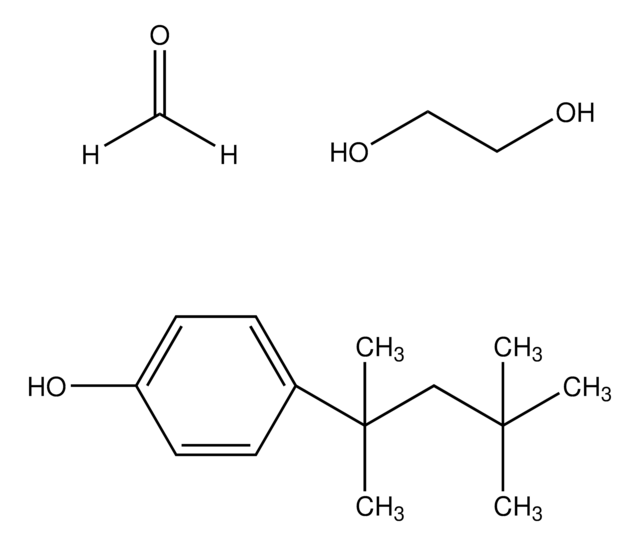5.08162
Loperamide Hydrochloride
Synonym(s):
Loperamide Hydrochloride, µ-Opioid Receptor Agonist, Loperamide Hydrochloride, Imodium
About This Item
Recommended Products
Assay
≥99% (HPLC)
Quality Level
form
solid
potency
2 nM Ki
manufacturer/tradename
Calbiochem®
storage condition
OK to freeze
protect from light
color
white
solubility
DMSO: 50 mM
ethanol: 50 mM
storage temp.
2-8°C
InChI
1S/C29H33ClN2O2.ClH/c1-31(2)27(33)29(24-9-5-3-6-10-24,25-11-7-4-8-12-25)19-22-32-20-17-28(34,18-21-32)23-13-15-26(30)16-14-23;/h3-16,34H,17-22H2,1-2H3;1H
InChI key
PGYPOBZJRVSMDS-UHFFFAOYSA-N
General description
Biochem/physiol Actions
u opioid receptor
Warning
Preparation Note
Reconstitution
Other Notes
Di Bosco, M., et al. 2008. Chem. Biol. Drug Des.71, 328.
DeHaven-Hudkins, D., et al. 1999. J. Pharmacol. Exp. Ther.289, 494.
Mackerer, C., et al. 1976. J. Pharmacol. Exp. Ther.199, 131.
Legal Information
Signal Word
Danger
Hazard Statements
Precautionary Statements
Hazard Classifications
Acute Tox. 3 Oral
Storage Class Code
6.1C - Combustible, acute toxic Cat.3 / toxic compounds or compounds which causing chronic effects
WGK
WGK 3
Flash Point(F)
Not applicable
Flash Point(C)
Not applicable
Certificates of Analysis (COA)
Search for Certificates of Analysis (COA) by entering the products Lot/Batch Number. Lot and Batch Numbers can be found on a product’s label following the words ‘Lot’ or ‘Batch’.
Already Own This Product?
Find documentation for the products that you have recently purchased in the Document Library.
Our team of scientists has experience in all areas of research including Life Science, Material Science, Chemical Synthesis, Chromatography, Analytical and many others.
Contact Technical Service





